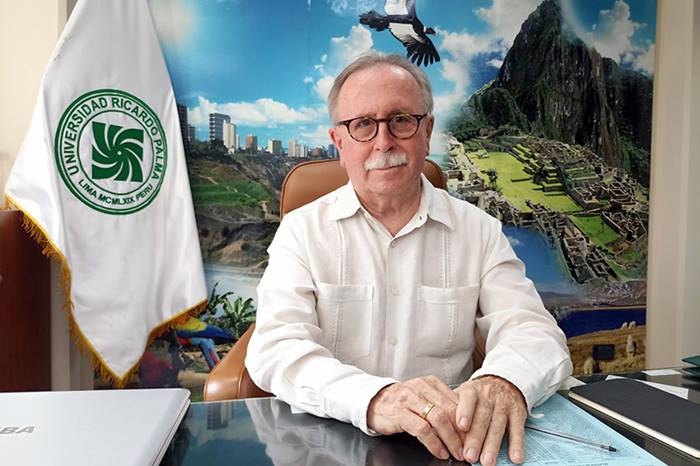Peru Reclaims Its Title as America's First Winemaker
Peru's Wine Seeks Cultural Recognition
2024-04-22

In the vibrant halls of the Universidad Ricardo Palma in Lima, Peru, a refreshing gust of innovation breezes through, courtesy of Eduardo Dargent Chamot, the newly appointed head of the Faculty of Tourism, Hospitality, and Gastronomy. Dargent Chamot is championing a stirring idea: to designate Peruvian wine as a national cultural heritage. This initiative is not merely about celebrating the fine quality of the local vino but is a deep dive into the historical roots that entwine the beverage with the nation's identity.
Peru boasts a proud claim as the first wine producer in the Americas, a legacy that dates back to its pre-Hispanic ancestors who expertly cultivated the fertile coastal valleys. These ancient agriculturalists laid the groundwork long before the Spanish conquistadors introduced the vine to the region. Dargent Chamot told Turiweb, a prominent Peruvian tourism website, "Our pre-Hispanic ancestors prepared those coastal valleys, making them fertile. When the conquistadors arrived with new crops like the grapevine, they found the land already primed for what they brought."
Further backing his point, Dargent Chamot references writings from the 16th-century Spanish missionary Joseph de Acosta, who documented Peru's pioneering role in wine production on the continent. The professor also notes that Peru's unique geographical features, shaped by the Andes mountains and the Humboldt Current, create exceptional conditions for producing high-quality wines that defy traditional wine-growing latitudes.
Dargent Chamot's proposal goes beyond mere recognition—it aims to fortify Peru's cultural identity and potentially open new avenues for wine tourism and education. "The initiative to recognize our wine as part of our cultural heritage is something I will take to the international conference on wines and spirits we are hosting in June," he states.
While an official request to declare Peruvian wine a cultural heritage has not yet been formalized, Dargent Chamot's idea reflects a growing desire among Peruvians to appreciate and safeguard their gastronomic and agricultural heritage. This movement could mark a significant step in revaluing indigenous practices and products, positioning Peruvian wine not just as a delightful indulgence, but as a symbol of the country's rich historical tapestry and cultural diversity.
The initiative also sparks a broader conversation about the role of gastronomy in cultural identity. As Peru continues to emerge as a global culinary powerhouse, its wine could soon share the spotlight with its world-renowned cuisine, further highlighting the intricate connections between Peruvian soil, history, and the art of winemaking. With Dargent Chamot at the helm, the future of Peruvian wine looks as rich and promising as its past.
Founded in 2007, Vinetur® is a registered trademark of VGSC S.L. with a long history in the wine industry.
VGSC, S.L. with VAT number B70255591 is a spanish company legally registered in the Commercial Register of the city of Santiago de Compostela, with registration number: Bulletin 181, Reference 356049 in Volume 13, Page 107, Section 6, Sheet 45028, Entry 2.
Email: [email protected]
Headquarters and offices located in Vilagarcia de Arousa, Spain.